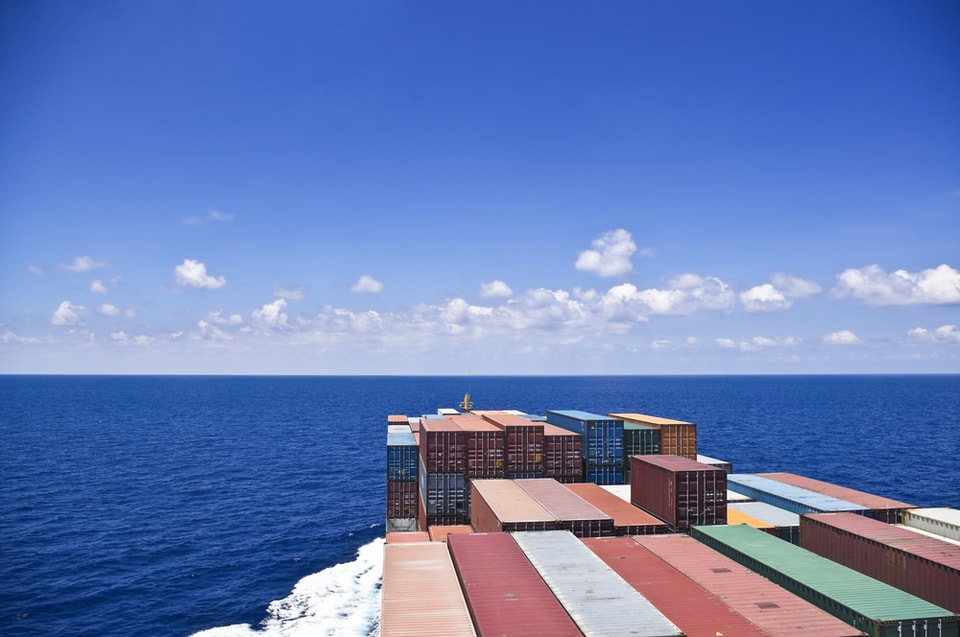Transcript Published January 14, 2016 · Updated January 21, 2016 · 4 minute read
Statement to the United States International Trade Commission On the Trans-Pacific Partnership
Gabe Horwitz

Statement to the United States International Trade Commission On the Trans-Pacific Partnership
Investigation No. TPA-105-001
Gabriel Horwitz, Vice President for the Economic Program at Third Way
January 13, 2016
Thank you, Commissioners, for the opportunity to testify today. Third Way is a center-left think tank located in Washington, DC. Our mission is to advance moderate policy and political ideas. We are keenly focused on the Trans-Pacific Partnership and appreciate the time you are putting into your review of the TPP.
Looking out at the next 15 years, our GDP is projected to grow by almost $8 trillion, according to PwC.1 That sounds impressive until you look at the rest of the world—their GDP is projected to rise by over $50 trillion.2 We need to tap into these foreign markets because, ultimately, our success depends on how much of that new wealth is spent on American products and services. Put another way: there is no path to middle-class prosperity without tearing down barriers to American exports.
But today, of the 40 largest economies, the United States ranks 39th in the share of GDP that comes from exports.3 Even after eliminating oil exports, which can skew the data for energy-rich countries, the United States only ranks 35th of 40.4 It’s not for lack of trying; American products face some of the steepest barriers to export in the world in the form of tariffs, quotas, and other obstacles.5 In 2014, almost 70% of U.S. imports crossed our borders duty-free, and our average tariff rate was 1.4%.6 But U.S. exports faced an average tariff almost five times as great, at 6.8%.7
We need high-standard trade deals that allow us to better tap into growing foreign markets. And, specifically as part of that, we desperately need the Trans-Pacific Partnership to seize the growing Asian market. Between 2000 and 2014, the Asian import market grew by a whopping 261%, from $1.5 trillion to $5.4 trillion.8 Yet, during that time, the U.S. market share into Asia fell by 46%, the biggest drop of any of the 25 largest exporters into Asia, except Japan.9
The TPP will help us knock down barriers to this region and would follow a strong trend that we have seen from recent trade deals. Namely, modern trade deals work. We analyzed all of the U.S. trade agreements that went into effect since the turn of the century—with 17 countries in all since 2000. Our analysis found the following: nearly all recent trade deals have improved our balance of trade in goods, and, in the aggregate, the gains have been substantial. For example, our trade balance in the blue-collar goods sector went from a $2.8 billion deficit to a $30.9 billion surplus.10 In 13 of 17 countries, the U.S. balance of trade in goods improved after the free trade agreement implementation.11
Modern trade deals have delivered, and TPP is the most progressive, high-standard trade deal of the modern era.
I know you’ve heard this before but it bears repeating—it cuts over 18,000 tariffs on American goods, from Colorado pork, to Florida orange juice, to Illinois-made dump trucks, to Kentucky bourbon, to Michigan-made cars.12
TPP includes the highest labor standards for any trade deal ever. It has stronger labor rights, better enforcement, and stiffer penalties for violators, which include stopping trade benefits. And, notably, TPP upgrades the labor provisions with six countries with which the United States already has FTAs (Australia, Canada, Chile, Mexico, Peru, and Singapore).
TPP has strong and enforceable environment standards. It prohibits harmful fisheries subsidies, combats illegal fishing and wildlife trafficking, promotes conservation, all while adding teeth to existing environmental treaties.
There’s also the first-ever protections for the digital economy, the first chapter ever dedicated to small and medium-sized businesses, new reforms on the investor-state dispute settlement process, and curbs on state-owned enterprises. TPP is more than just a trade deal; it’s a game changer that sets global trade rules.
Third Way has long warned that if the United States doesn’t set the rules for commerce in the Asia-Pacific region, China will. Since 2000, China has concluded 13 trade agreements with more than 20 countries and is now drafting its own Asian trade deal, the Regional Comprehensive Economic Partnership, that doesn’t include us. We know what happens if China writes the rules—U.S. businesses and workers lose. Compare that to the TPP, and the choice is clear.
